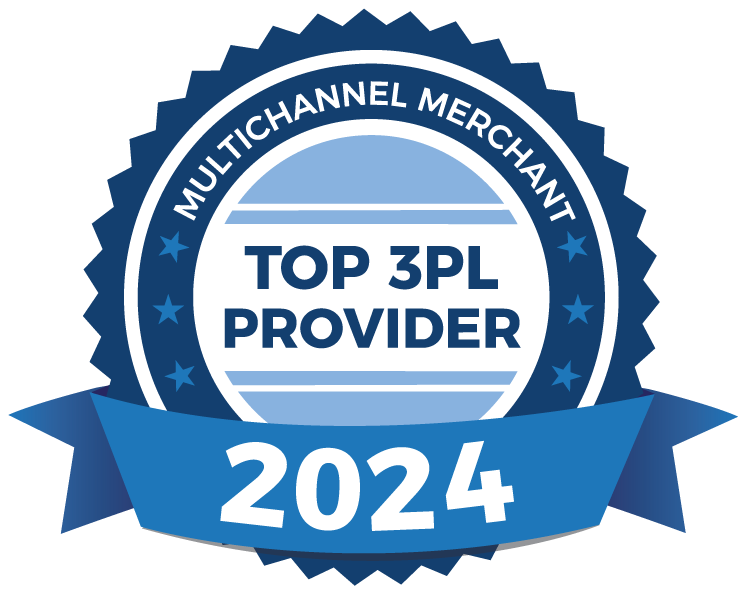Top 5 Indicators of a Well-Managed Supply Chain
If you’ve stumbled upon on this blog, you’re likely looking for a 3PL to help elevate your business. Choosing the right partner is critical to your success, and that’s why we’re here. Supply chains have become the backbone of thriving companies, but what exactly separates a good supply chain from a great one? As a third-generation 3PL with over 81 years of experience, we’ve identified five key indicators demonstrating a well-managed supply chain.
1. Accurate Sales Forecasting
One of the most critical factors in maintaining a smooth supply chain is the ability to forecast demand accurately. Companies that excel in sales forecasting can anticipate customer needs, plan inventory levels effectively, and ensure their 3PL partner has the necessary resources. At Barrett, we know that accurate forecasting helps our customers and allows us to optimize warehouse space and labor allocation, creating a win-win for both sides.
2. Effective Inventory Management and SKU Rationalization
Inventory management is another essential pillar of an efficient supply chain. Companies focusing on increasing inventory turns can reduce holding costs and free up valuable warehouse space. Additionally, SKU rationalization—analyzing and optimizing product offerings—can help businesses focus on the most profitable products. A lean, well-organized inventory leads to better cash flow and minimizes wasted resources.
3. Embracing Technology
Brands that embrace modern technology are often the ones leading the pack. Whether adopting cutting-edge ERP systems or leveraging e-commerce platforms, technology is a vital enabler for operational efficiency. Partnering with a 3PL like Barrett that values innovation ensures businesses can implement scalable, technology-driven solutions that drive sales and operational efficiency. Technology doesn’t just improve the customer experience—it enhances the entire supply chain, from order fulfillment to final delivery.
4. Holistic Supply Chain Strategy
A well-managed supply chain considers the entire network beyond the fulfillment process. From sourcing raw materials to delivering the final product, brands that excel take a holistic approach to their supply chain strategy. At Barrett, we work closely with our partners to optimize their fulfillment center locations, inventory and inbound/outbound logistics. This end-to-end view allows companies to make informed decisions that balance cost, service, and efficiency.
5. Cost-to-Serve Optimization
Lastly, one of the key indicators of supply chain success is a company’s ability to manage the total cost to serve. Rather than focusing solely on reducing expenses in one area, successful brands take a comprehensive look at their supply chain costs—sourcing, transportation, warehousing and distribution. By understanding the full picture, businesses can strike the right balance between cost and service levels, ensuring profitability without sacrificing customer satisfaction.
Final Thoughts
At Barrett, we know that a well-managed supply chain is the foundation of success for many brands. By focusing on these five key areas—sales forecasting, inventory management, technology, strategy, and cost-to-serve optimization—businesses can create supply chains that are both resilient and agile. Whether you're looking to streamline operations or scale your business, we’re here to help you take your supply chain to the next level.
Are you ready to take your supply chain to the next level?
At Barrett, we’ve been perfecting logistics for over 81 years.
Contact us today to learn how we can be the trusted partner your business needs.
Recent Blog Posts







